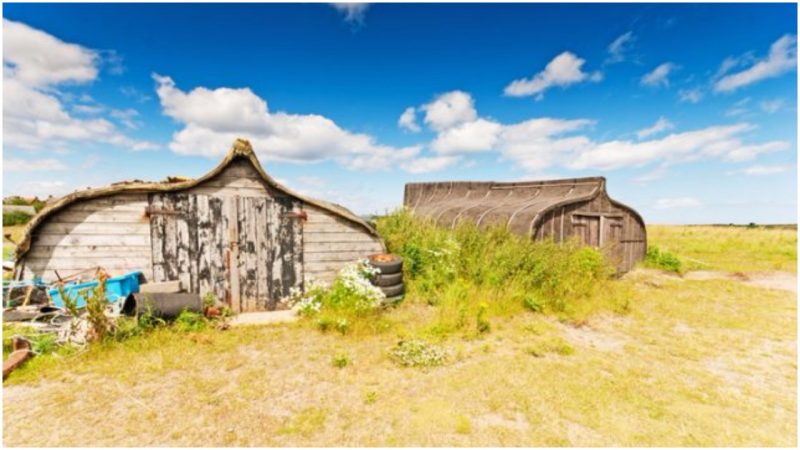Also known as Holy Island, Lindisfarne is considered by many to be a most sacred place of Anglo-Saxon England. The island, situated off the Northumberland coast near the Scottish border, might be small in size, but it has a rich history and magical landscapes.
Speaking of magic, this picturesque island is home to an incredible collection of storage sheds cleverly fashioned from upturned old fishing boats.
Local fishermen on Holy Island apparently considered it a sin to send boats to the junkyard. They instead found a way to transform their old herring boats into perfect little storage sheds for their nets, tools, and other equipment.
Evidently, the locals knew that recycling was the best way to give a second life to the old boats that were no longer seaworthy. From the photos, it is safe to say that these traditional structures have lined the beach of the island for quite some time.
The harbor at Lindisfarne played a crucial role in the lives of the local residents, whose existence depended on food from the sea. However, the harbor was also strategically important to the English monarchy and throughout the centuries many defensive forts were built there.
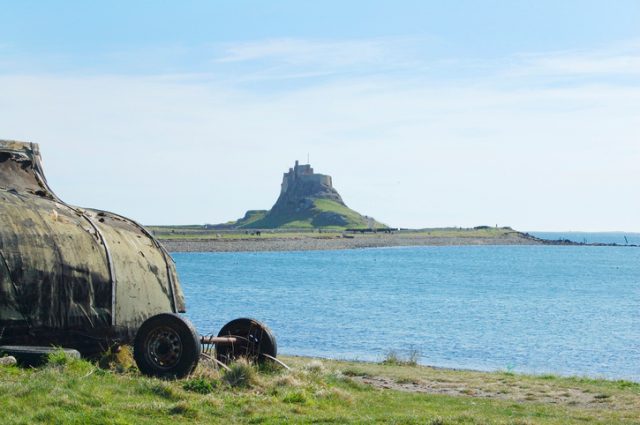
The island is home to one of the most photographed castles in England, known as Lindisfarne Castle. On its grounds, near the entrance, there are also some fascinating sheds, now owned by the National Trust.
The man responsible for the installation of these particular sheds around 1908 is Sir Edwin Lutyens, the architect who designed many houses and war memorials throughout England.
Once there were three sheds on the castle grounds, but unfortunately in 2005 two of them were destroyed by a fire and the third one was critically damaged.
The following year, the National Trust found a replacement for the two sheds in Edinburgh and used the two pieces of what was once a herring boat to replace them.
In the 19th century, fishing from the harbor of Holy Island was at its peak. According to some sources at the end of the century, the fleet of the island consisted of around 36 fishing boats.
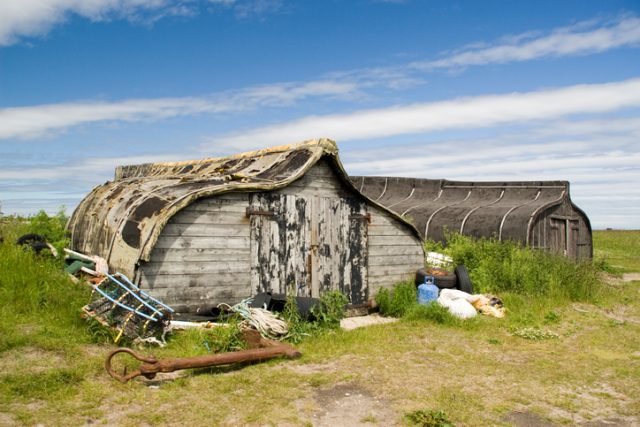
However, the large herring steam drifters that were introduced at the beginning of the 20th century made the wooden boats unnecessary.
Many of these large vessels were transformed into storage sheds by the fishermen and up to this day, they are still used to store equipment.
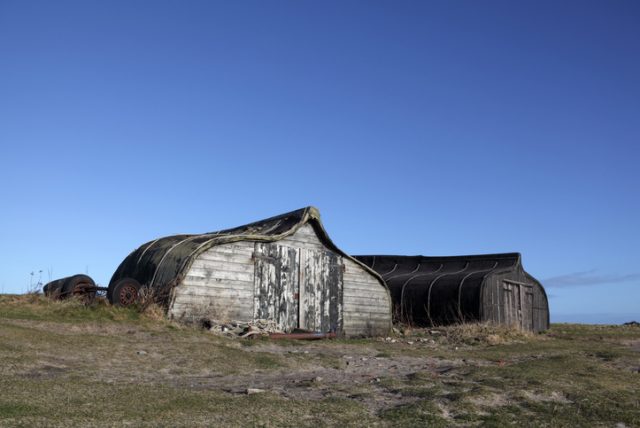
According to My Modern Met, this method was typical in the whole of northeast England, but Lindisfarne is one of the few places where these sheds still survive, mostly thanks to the changes in the fishing industry.
The upturned boats are coated with tar to make them waterproof, but being so close to the sea for a long period, many of the sheds have still become rusted and decayed.

Unlike the sheds that are close to the harbor, the ones that were installed in 2006 near the entrance of the castle are in much better condition.

However, it seems as if the island lost the aura that was present when the new sheds were installed.
The local residents are in charge of the new sheds, which are now open to the public, but the real magic happens around the sheds that are close to the harbor.
The tradition of transforming old herring boats into perfect storage huts started more than 100 years ago for practical reasons, but it is now an important part of the heritage of Holy Island and one of its main tourist attractions.
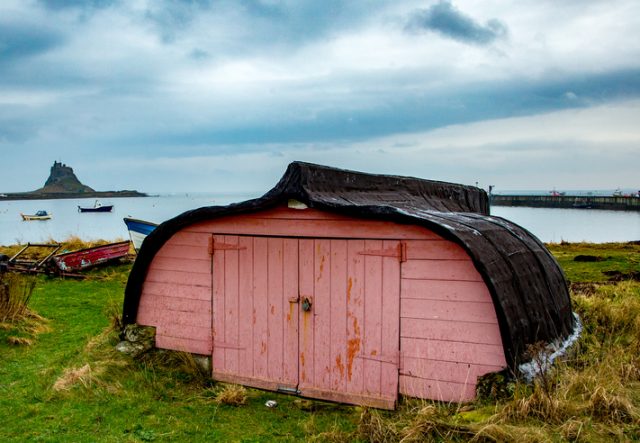
As seasons come and go, it wouldn’t be surprising if more and more people start turning up there.
Read another story from us: Beautiful surviving examples of the traditional Icelandic turf house
The island alone is enough to attract visitors, but the addition of these magnificent sheds just makes it all the better.
